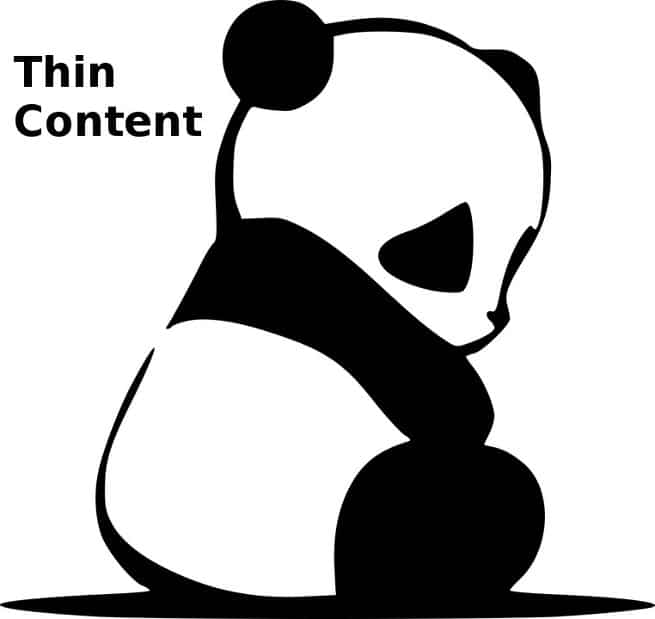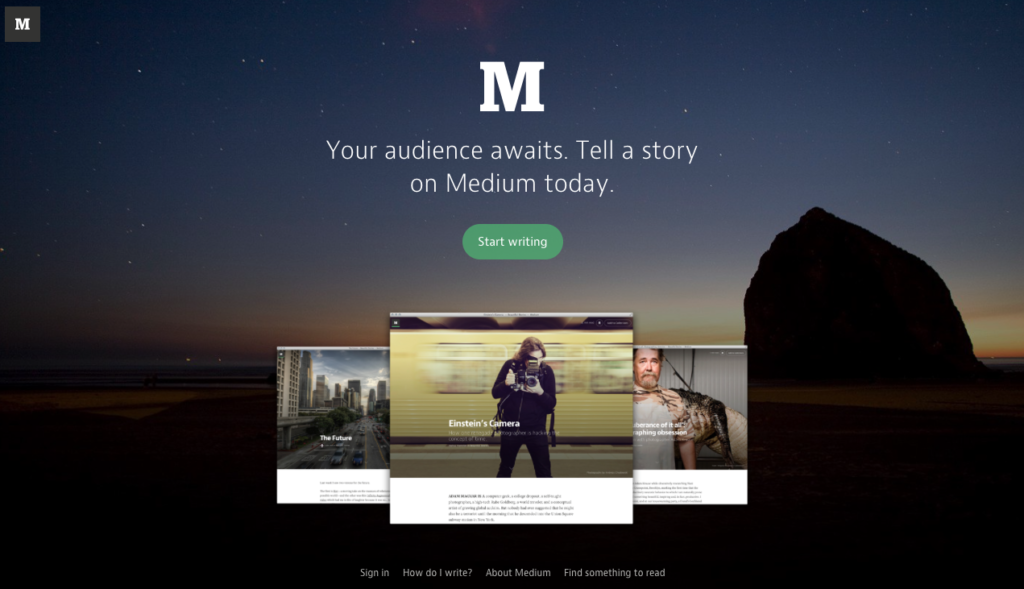Blogging has come to complete about 26 years in the digital market. It was in 1993 that Rob Palmer was declared to be the first ever blogger and as a matter of fact, his textual blogs didn’t contain any pictures, videos or other widgets! In the following year, Justin Hall came into news for his overly personal blogging on his website and in 1997, Jorn Barger, an American blogger came up with the term “Weblog” instead of using ‘online diaries’ or likewise. The Open Diary in 1998 came to be popular among kids and by 1999, Blogger and LiveJournal emerged in the competitive market followed by WordPress and TypePad in 2003. In the same year, AdSense was added to Blogger after Google buys it and by 2005, netizens were familiar with ‘Vlogging’ i.e. videoblogging.
Blogging? Forget It. Video Content Is The King!
The brutal truth about blogging is that not many people want to read any information in text form. YouTube took over the Internet and now preparing video content is a must. While it’s depressing news for old-school bloggers it’s surely a dream situation for lovers of XXX entertainment.
Lil Humpers is a perfect example of video content ready to storm 2020. Why? Take a look at the authors – the famous Reality Kings crew that brought us a lot of fun during last years. Now they are continuing the trend with their newest series, where young guys are having their way with MILF partners. A true battle of sexual generations!
What Changed In The Last Decade?
While many news organizations (like CNN in collaboration with Mashable and AOL in association with TechCrunch) and political consultants (like Garrett M. Graff for The White House) were active in blogging, in pop-culture, the film Julia & Julia showed how blogging helped a food blogger come up with a book.
 Introduction Of Thin-Content By Google
Introduction Of Thin-Content By Google
With change of Panda algorithm, in 2011 Google addressed the lack of website inbound links by lowering the rank of those blogging sites that it considered of low quality according to less or no site linking to such blogs.
- Tum blogs And Microblogs

After Tumblr’s introduction in 2007 with videos, images and gifs as well as re-blogging and commenting on blogs, Twitter became popular for its 140-character microblogging with gif, video or pictures. Posters was released in 2008 where bloggers could set up a blog through email before submitting contents through mail or online editor.
- Founding Of Medium And LinkedIn’s Guest Blog
Evan Williams from Pyra Labs came up with Medium in 2012 which is a blogging platform for people reimagining any news and the medium blurs a thin line separating blogging and news reporting. Designed for both amateur and professional bloggers, Medium is much like HuffPost and BuzzFeed – here people compose and writes original contents, decentralized contents and shares published works with full image and text along with source and author’s name from other sites. LinkedIn started its guest blog section in the same year for successful business figures to publish their blogs and in the due course, the option was open for all members.

- Removal Of. Blog By Word press
In late 2017, WordPress ruled out the use of. blog for their platform and from 9th November in the same year, bloggers have to pay renewal fee if they apply for their new domain.
With proper SEO and ads, blogs now act as integral marketing strategy to promote any brand or work and would increase up to 700% lead flow in many businesses. In 2017, it was also shown how users spent blogging three times more than what they spent on email.
When I blog I know I can explore my inner most thoughts and pen it down in words. At times my blogs are an inspiration of my journey and how it gives me a reason to look back at the moments spent.

